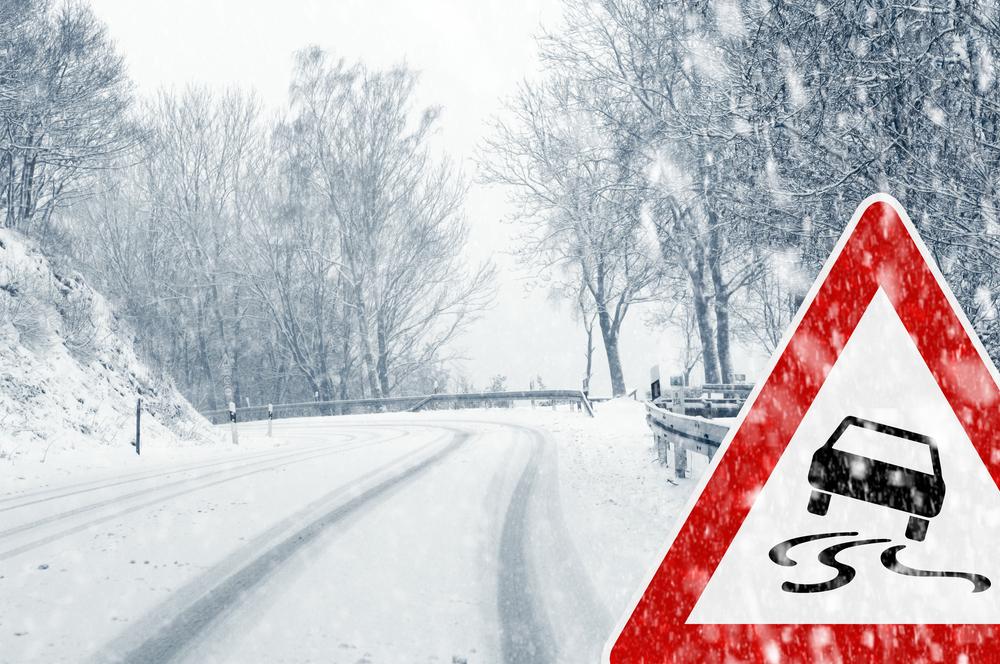7 Winter Driving Safety Tips
Fall is upon us, the weather is turning cool and the sun is setting sooner in the day. You know what that means? Winter is coming. You can do your part by committing to a cautious driving season. Plan ahead for road safety and be conscious of other motorists on the road this winter.
Here’s a checklist for safe winter driving…
1. Clear your car of snow and ice
Before you buckle up and start your engine, be sure to clear all ice and snow off your car’s roof, windows, bumpers, lights, and mirrors.

2. Winter tires
The good news is that many insurance policies offer lower premiums for cars with winter tires. In addition, winter tires provide the proper traction and allow you to handle and break quicker and safer in wet, icy conditions and when temperatures dip below a certain degree.
3. Monitor road conditions
Safe driving starts with smart planning. In addition to planning your route, take the time to choose your driving time according to visibility and weather forecast so you know what’s on the road ahead. Postpone driving in treacherous conditions whenever possible.
4. Allow for extra travel time
Slower, more cautious driving takes time and patience. If the visibility is poor, slow down and allow for extra time so you’re not rushed and accident prone.
5. Keep a respectable distance
It’s inevitable that vehicles will drive slower when the weather is frightful. Instead of tailgating a slower car or snow plow, keep a safe distance so the driver sees you and can let you pass safely.
6. Keep your tank fueled up
Filling your gas tank up can decrease moisture in your fuel lines to prevent freezing.
7. Pack a car safety kit
A winter car safety kit should include items needed if you’re stranded or get into an accident. Include booster cables, a shovel, sand or gravel, gloves, snow brush, water, a few energy bars, a blanket, a flashlight, candle, a first aid kit, and extra windshield wiper fluid in case you run out while driving.